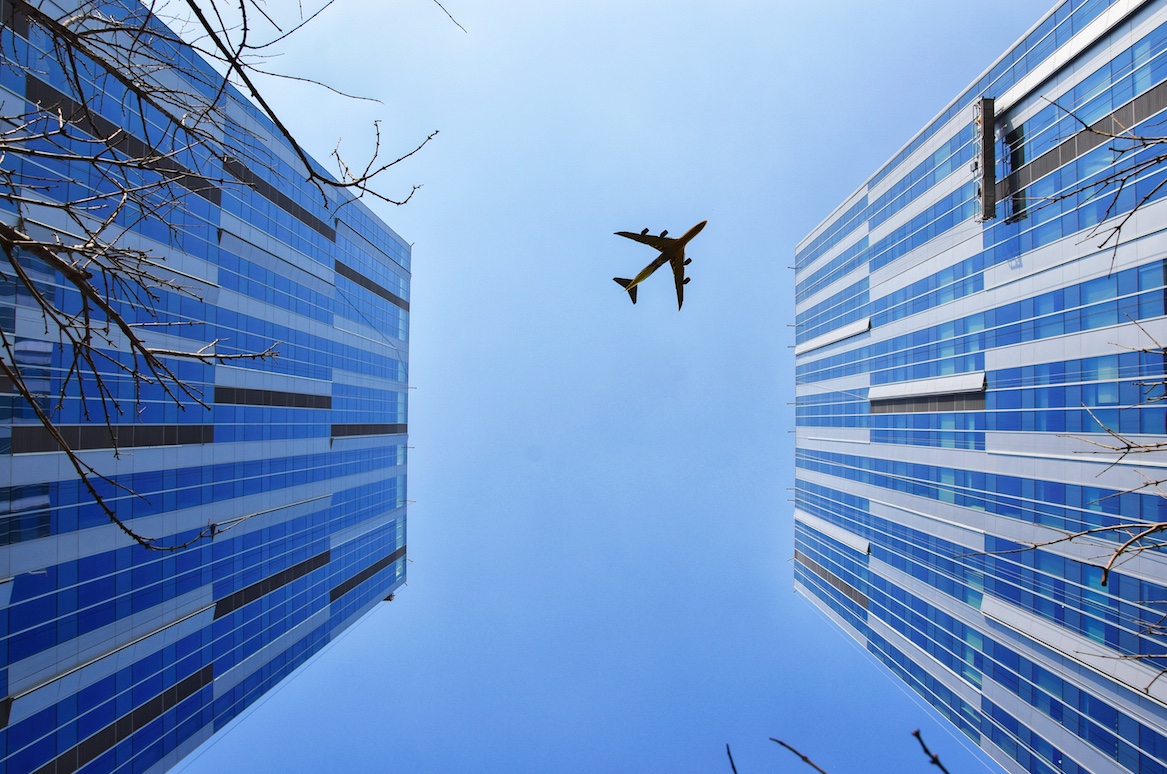Diversify your revenue
Corona taught airports an important lesson: if you want to survive, diversify your revenue. With air traffic down for the foreseeable future, airports are anticipating a shortfall in passenger facility fees and airline charges. While the situation remains dynamic, most industry experts agree that we’re facing a multi-year slump that may last into 2023. In the meantime, airports will face tough questions from lenders, shareholders, and regulators about how they plan to return to financial solvency.
To better understand the pandemic’s implications for the airport business model, it’s helpful to divide revenue streams into two categories: passenger-related revenue and non-passenger revenue. As the name suggests, passenger-related revenue depends on air travelers for growth: when passengers disappear, that revenue does too. Key examples include pax facility charges, parking, car rental, and access fees, and travel retail.
By contrast, non-passenger revenue sources are immune to sudden changes in passenger numbers. Key examples include cargo and real estate. When travelers evaporate, they keep generating income for the airport. In fact, cargo and real estate have been the only reliable money makers throughout the pandemic: rising stars at a time when most revenue sources have plummeted.
To remain competitive in the coming business cycle, successful airports will need to strike a balance between passenger-related revenue and non-passenger revenue. As the post-COVID business model begins to take shape, prioritizing non-passenger income will deliver substantial benefits to the entire aviation industry. Above all, airports will become more resilient: by diversifying their revenue, they’ll be in a much better financial position when the next major disruption—be it a public health crisis, a terror attack, or an airline bankruptcy—wreaks havoc on their core business. (If recent history is any indicator, we’re due for several more disruptions in the coming decade.) Moreover, creating a concrete action plan to increase non-passenger revenue will significantly improve airports’ standing with shareholders, lenders, and regulators.




